Have you seen citrus trees and wondered how you could have one too? It's not so hard to grow a giant lemon tree. The caring, planting, maintaining steps and instructions below are going to make this a possibility that you are going to love harvesting!
Believe it or not, you don’t have to live in the tropics to enjoy tangy, sweet citrus at any time of the year.
You can easily grow your own giant lemon tree. Lemon trees are easy to grow indoors and, though it takes a long time for the fruit to ripen, you’ll be able to enjoy fragrant white flowers (each of which gives off a delicious citrusy scent) while the tree is growing, too.
How to Grow a Giant Lemon Tree
There are many reasons why you should grow a giant lemon tree indoors - and learning how to grow a giant lemon tree is simple and uncomplicated. No matter what your goals may be, you can turn that dream into reality when you follow these tips.
Interested in more gardening projects? You might appreciate these items you can upcycle in a garden and even what types of flowers you can grow in a vegetable garden. There is no lack of gardening hacks and tips we can share, and below you can start with the lemon tree and learn even more!
1. Choose the Right Cultivar
When you’re choosing what kind of lemon tree to grow in your home, you have a few options. You can buy a tree from the local nursery, order seeds, or simply save the seeds from your favorite lemon variety.
Believe it or not, growing a giant lemon tree from a seed is not difficult to do. Starting with organic seeds is best.
Beyond that, you’ll have a few options. Meyer lemon trees are the most common type grown indoors, but these generally old yield trees that are six to seven feet tall, at most.
Ponderosa lemon trees, on the other hand, grow more slowly but can reach heights of up to 24 feet. While these also produce large fruits, they might not be ideal for indoor growing. They are often grown as ornamental plants.
If you want to grow a giant lemon tree, go ahead and choose a Ponderosa lemon, but make sure it is a nursery cultivar that has been grafted to a dwarf rootstock so it can maintain a more manageable size for container growing.
Other lemon tree options that grow well in containers include Meyer Improved Dwarf and Lisbon lemon trees.
2. Plant Your Tree
If you purchase a tree that is already started, you can skip this step. However, if you want to grow your tree from seed, you will need to first plant your seeds.
You’re going to need a large pot, ideally one that is 12 inches deep and 24 inches wide. You will also need a smaller pot that’s roughly six inches wide and six inches deep. When you are selecting your container, make sure you choose one with good drainage holes. You can also use a self-watering planter, which will prevent the disastrous effects of overwatering.
The extra water will, instead, be filtered into a chamber and kept separate from the plant.
Fill your pot with organic all-purpose potting soil. Moisten the soil so that it is damp, though not soaked, all the way through. Then, fill the smaller pot with this soil up to one inch below the rim.
Make sure your seed is completely clean and lightly moist. Put it about half an inch deep in the center of the pot.
Spray the soil above the seed with water, using a spray bottle to do so. Then, cover the container with clear plastic wrap, making sure the edges are sealed with a rubber band. Poke a few holes in the plastic wrap.
Put your pot in a warm, sunny location, spraying it occasionally with water to prevent it from drying out. Do not allow water to puddle but instead keep the soil moist. Your seedling should emerge in two weeks when you can take the plastic cover off. You may be interested in checking out these tips for hardening off your seedlings for more tips on this process.
3. Position it Properly
Lemon trees are tropical plants, so it’s important that you plant them in south-facing windows. If you don’t, your tree will not yield lemons and your tree will fail to thrive. Lemons love sunshine - the more sunshine, the better!
Your lemon tree will need at least eight full hours of sunlight per day. You may have to use a grow light to supplement some of this light.
When choosing a location for your lemon tree, you may want to select one with plenty of natural air movement. Growing citrus trees outside is often easier than growing them indoors since they’ll have access to natural wind movement. If that’s not an option, consider placing a fan near your lemon tree to keep things moving.
The room you choose to grow your lemon tree in should also be relatively warm. Ideally, your tree should be no cooler than 55 degrees Fahrenheit at night and 70 degrees Fahrenheit during the day.
4. Fertilize and Water Regularly
It is also essential that you keep your tree well-fed throughout the year with fertilizer. You can use worm castings, seaweed and kelp fertilizer, fish waste, or other natural amendments. Citrus trees require a lot of nutrients, ideally in the form of well-balanced fertilizers used throughout the year. Dr. Earth Natural Wonder fertilizer is a great kit to start with if you are new to fertilizer.
If you notice that your lemon tree has yellow spots, it’s a sign of stress - fertilize immediately! Here are some DIY organic fertilizer options that might be of interest.
You will also need to keep your lemon tree well-watered. Whenever the soil dries out, give the tree a thorough watering, adding water until it drains out of the bottom of the container. It’s important to note that young lemon trees need more water than older ones. Depending on if you have this lemon tree indoors or outdoors, you may want to check out these self-watering irrigation methods.
Humidity is just as important for a lemon tree as actual water. In fact, most citrus trees need up to 50% humidity to thrive. You can increase humidity without increasing the likelihood of mold and mildew developing in your home by placing it on a tray of stones and wetting the stones from time to time.
Lemon trees, when grown indoors, aren’t usually affected by diseases and pests. However, you can prune off dead, brown leaves whenever you notice them. This will encourage the plant to grow.
5. Repot As Your Plant Grows
As your lemon tree gets bigger, you will need to repot it. While you may be able to go several years before repotting a tree that you purchased already started from the nursery, your seedling tree will need to be moved to the larger pot within just a few months.
Your tree may produce sucker branches as it grows, too. Sucker branches generally grow from the rootstock of the tree, and if your tree is under stress, the rootstock can rapidly overtake the rest of it. If you notice one, prune it immediately.
Why You Should Grow a Giant Lemon Tree
A better question would be, “why shouldn’t you grow a giant lemon tree?” These plants are not only easy to grow, but they’re fun to cultivate, too.
Grow your own lemon tree, and you’ll find that your home is quickly filled with a fresh lemon aroma. It will smell fresh and clean at all times, even when your tree is not yet in bloom.
Not only that, but the lemons you grow on your tree will be so fresh that you won’t ever want to buy them from the grocery store ever again. It can take a long time for the fruits to ripen, but lemon trees are so easy to grow that they are more or less “plant and forget” kinds of trees.
Finally, giant lemon trees are absolutely gorgeous. With their glossy dark leaves and lacy white and pink flowers (and don’t forget - the bright yellow fruits!), there’s something to be said about the ornamental value they add to your home.
You don’t have to have a massive green thumb in order to grow a giant lemon tree! All you need is a bit of practice - and of course, the right knowledge of how to grow your own giant lemon tree, too. When you follow these tips, you can enjoy refreshing lemonade, lemon bars, and other tasty lemon treats at any time of the year.







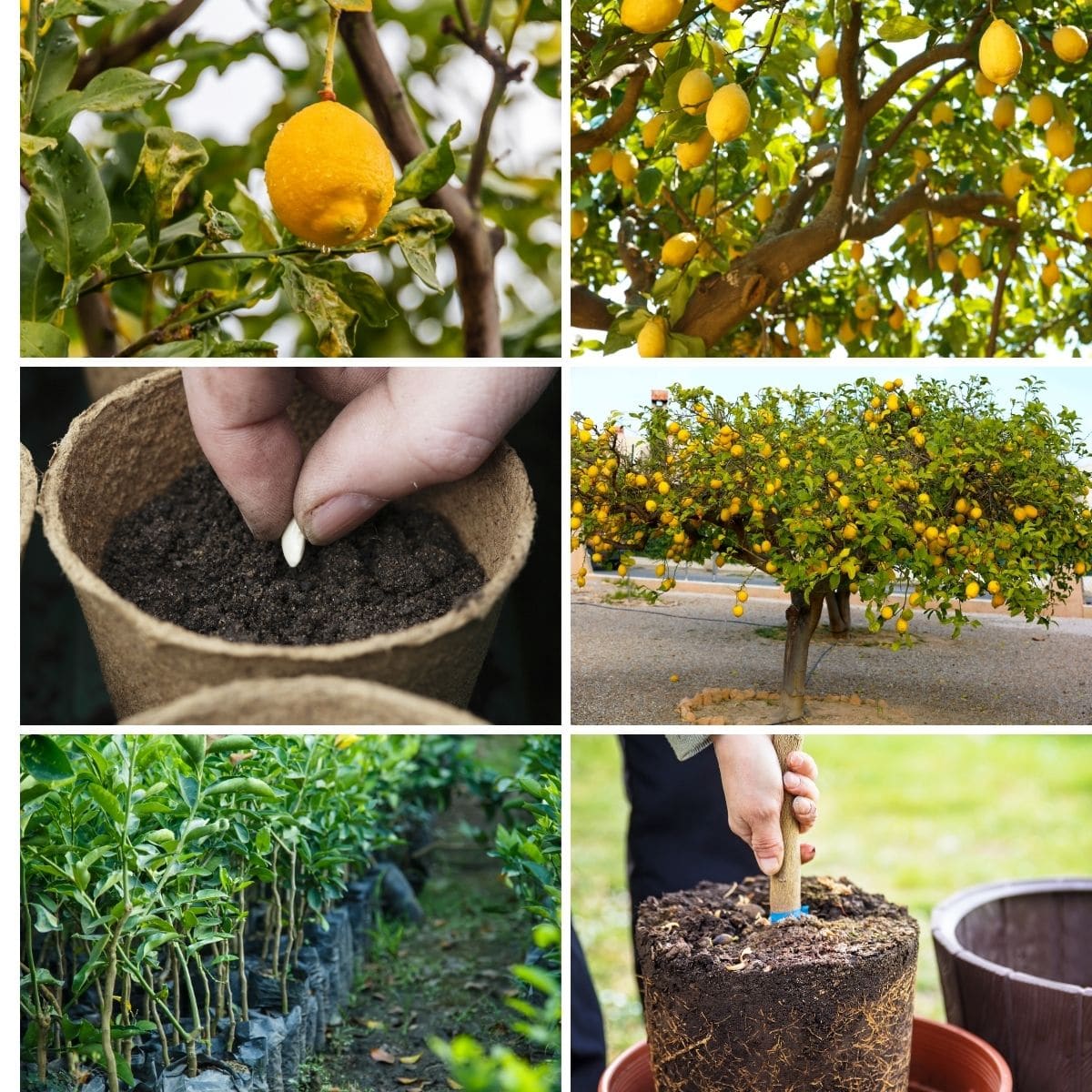
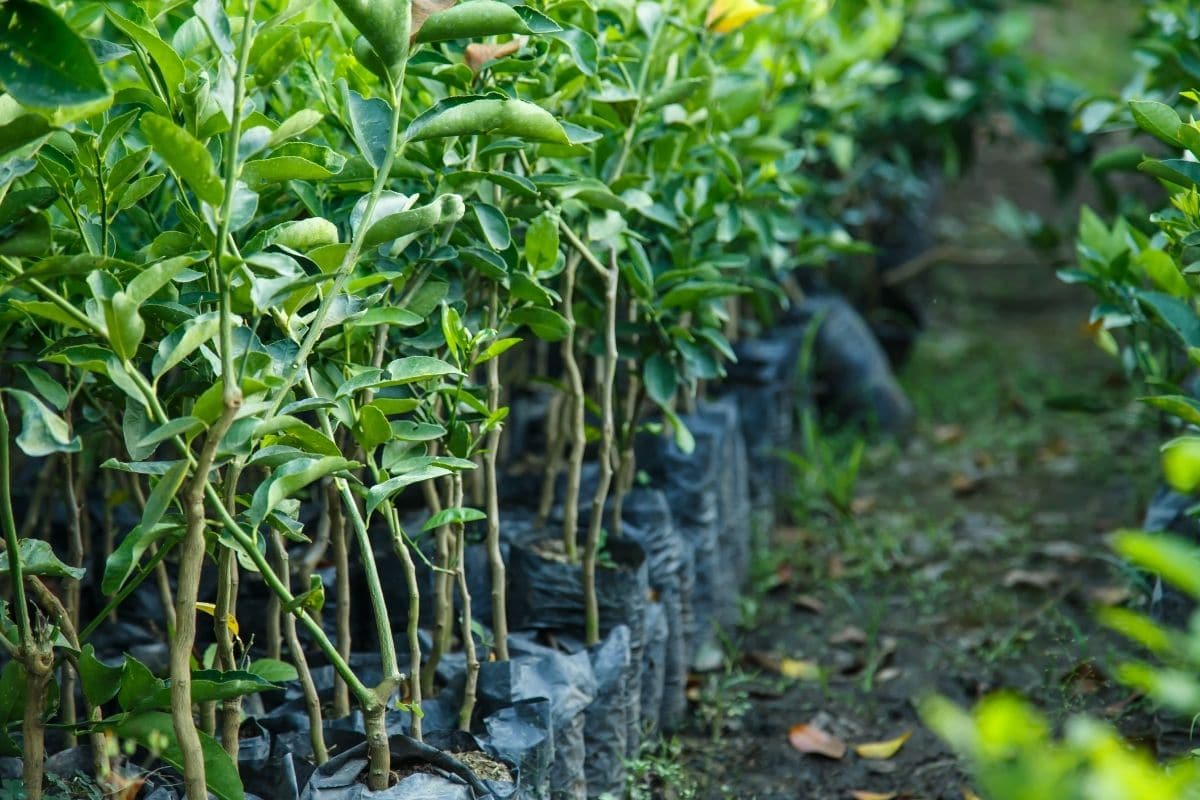
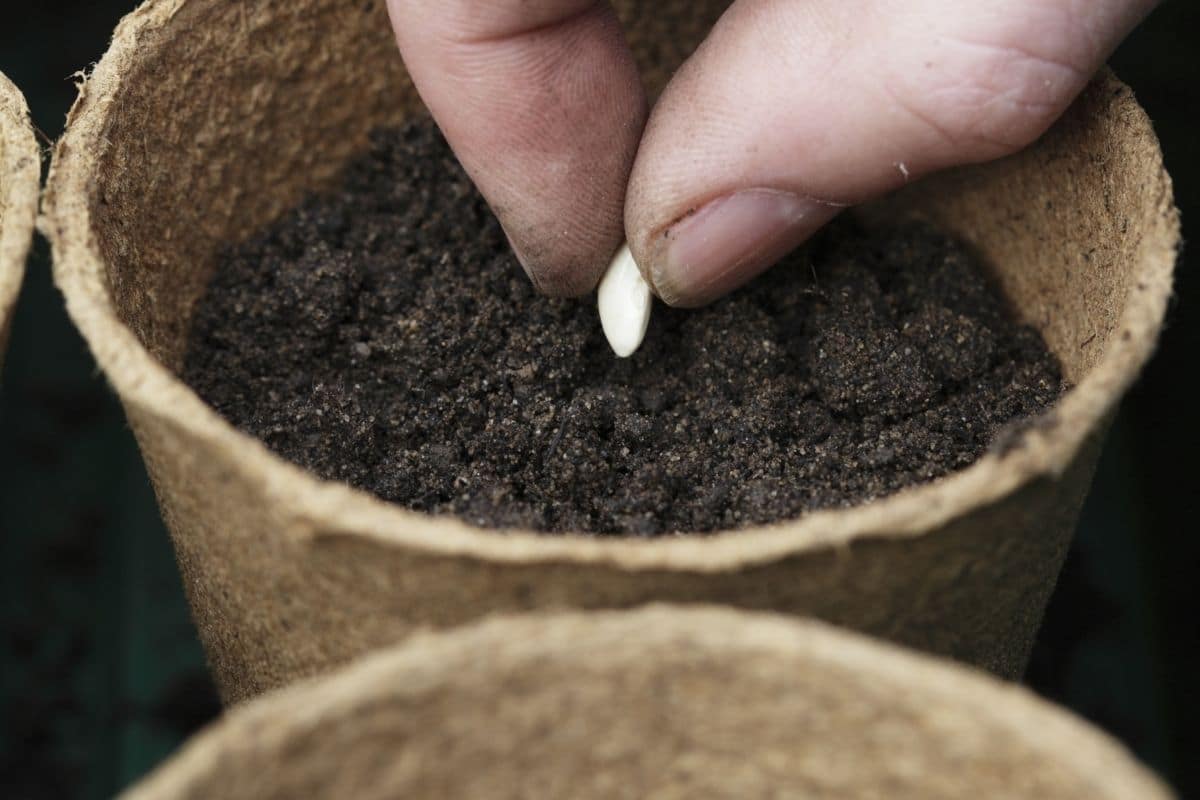

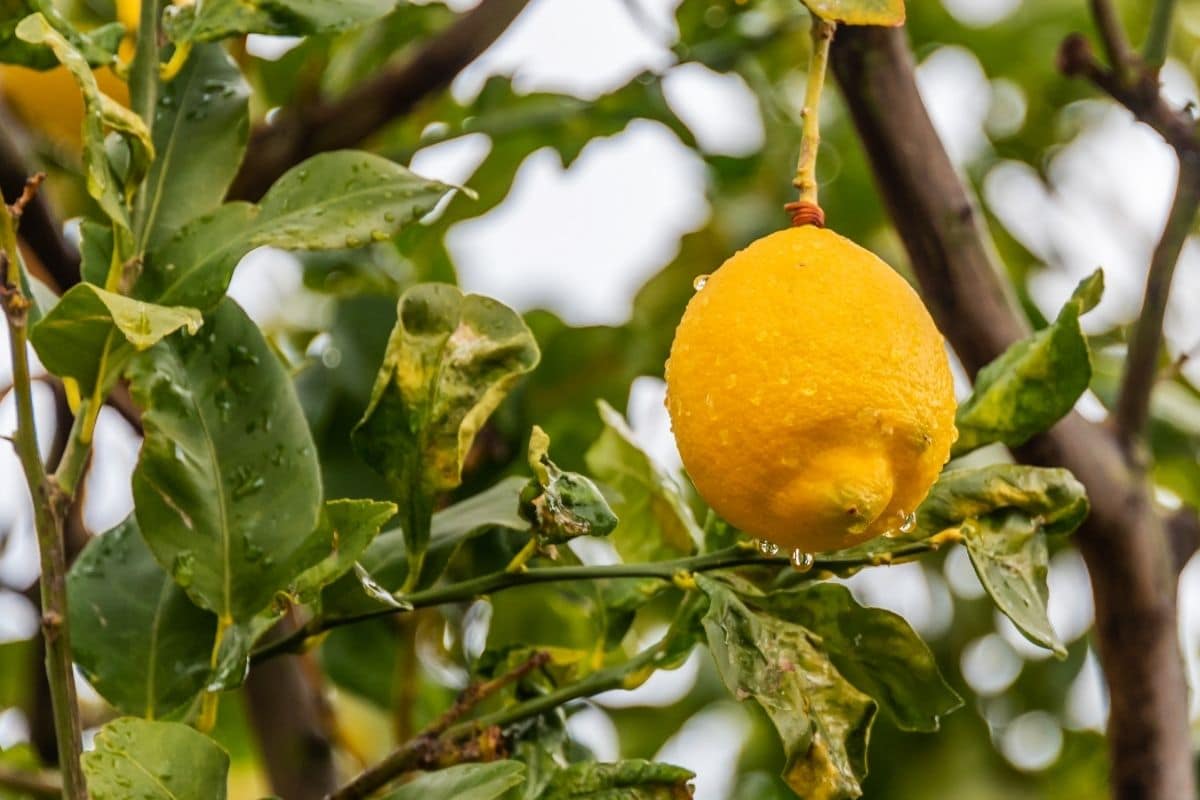
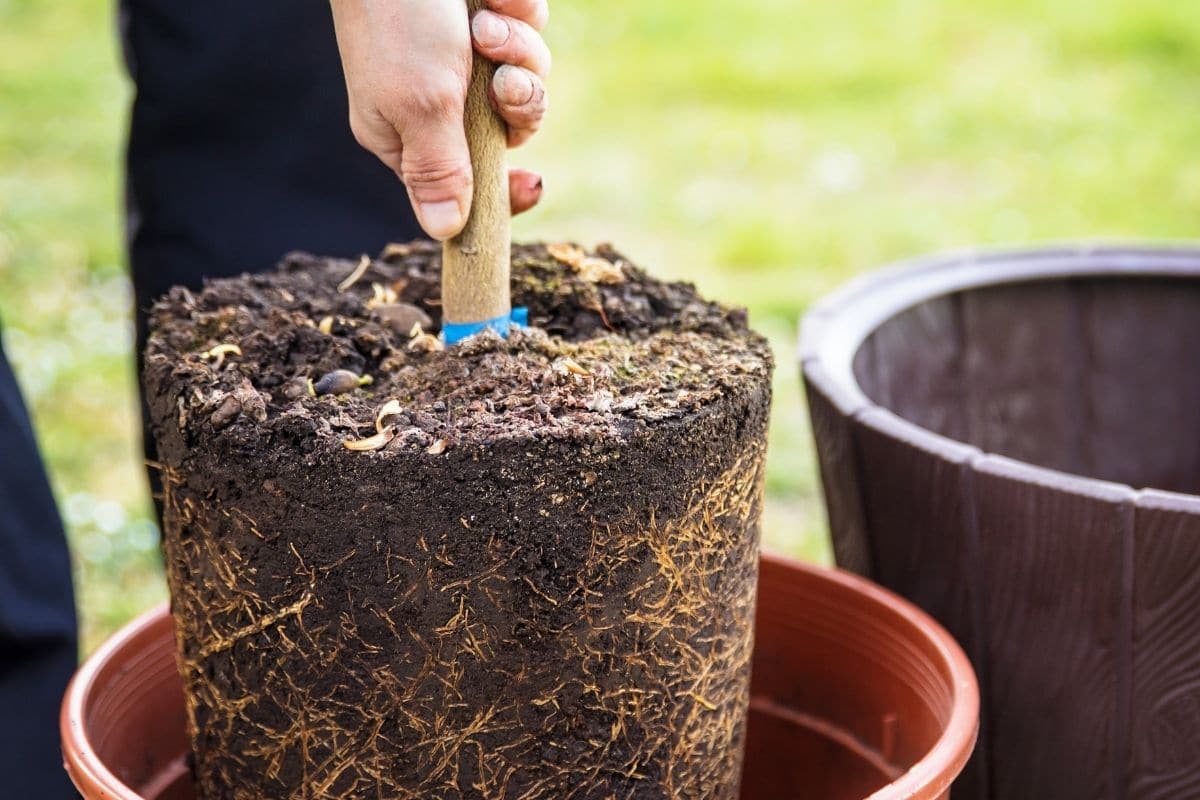
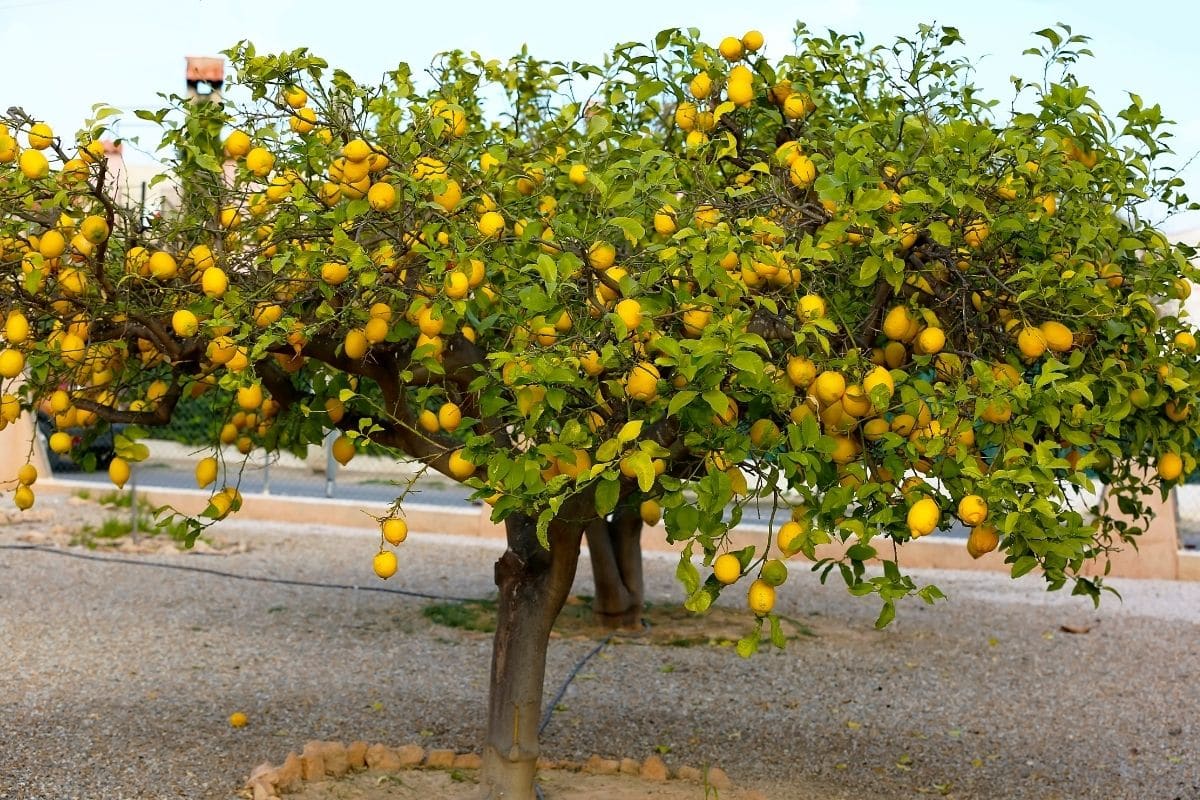




Romeoconsivido
I love lemon tree
Sharon
So do I,so useful.
CJJ
WOW I AM GOING TO TRY AND PLANT IT IN A POT AS I LIVE IN A CONDO HOPEFULLY IT WILL BE A SUCCESS - THANKS
Rogerio
Not possible in the average home in Canada or north of 45 latitude
okispider
sure it is, use a heat lamp in the winter...no cold breezes on it...and a sunny window....bring outside in the summer...
alisa
I have a lemon tree i grew from a seed i saved. i found the trick to getting them to sprout was to soak the seed first and then peel the husk of it. it is 4 yrs old i think and in the ground now as it is @ 8' tall. the leaves smell wonderful when i bruise them